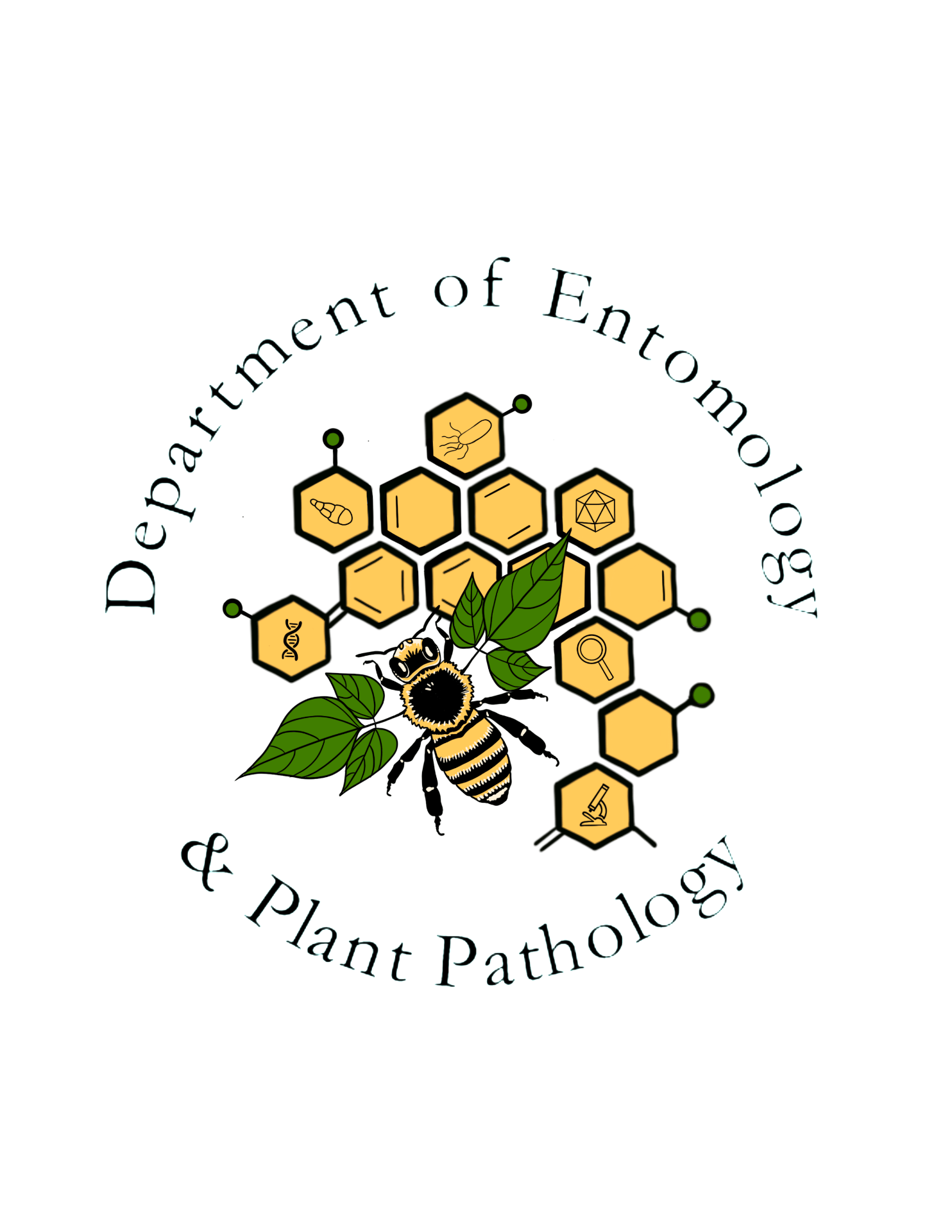Monarch butterfly
Order: Lepidoptera
Family: Nymphalidae (Subfamily: Danainae)
Genus and species: Danaus plexippus (Linnaeus)


The monarch butterfly is one of North America’s most iconic insects for several reasons. Both the adult and immature stages are aposematically colored, warning potential predators of their poisonous qualities. The adult is a striking orange butterfly with black wing borders dotted with many small white spots. The caterpillar is adorned with yellowish, white, and black cross bands, and it has a pair of black filaments on the mesothorax and abdominal segment 8. The pattern of warning coloration of the adult is mimicked by the viceroy butterfly. This mimicry affords the less poisonous viceroy a degree of protection from potential predators that have learned to avoid the monarch. The monarch’s mystique is further enhanced by the fact that it is one of the few butterflies that migrate, and its migration is a spectacular annual natural phenomenon. Shockingly, the monarch population delved into drastic decline at least a decade ago, and it continues to spiral downward.
Butterflies of the subfamily Danainae are referred to as the milkweed butterflies. Their larvae eat milkweed (family Asclepiadaceae) and to a lesser extent dogbane (family Apocynaceae). Many of these plants have milky latex, and many species are poisonous, helping them avoid being eaten. Monarch larvae are immune, and they actually sequester toxins from the plants that they consume, sometimes at levels several times higher than those occurring in the host plants. These toxins are passed on to the pupal and adult stages, affording them protection from potential predators as well. Consumption of poisonous monarchs by predatory birds causes them to vomit, and they soon learn to avoid these butterflies, and anything that looks like them, including the viceroy. However, there are exceptions. Black-headed grosbeaks are immune to the poison, and they consume large numbers of monarchs at their Mexican wintering site. The monarch’s wings and abdomen store more poison than the rest of the body. Orioles and jays discard the wings and consume only the thoracic muscles and contents of the abdomen. Wintering monarchs become less toxic over time, and predation eventually increases.
Monarchs are most common in North America, but they also occur as far south as Argentina, and they are established in Bermuda, Hawaii, the Solomons, New Caledoniai, New Zealand, Australia, New Guinea, Sri Lanka, India, the Azores, and the Canary Islands. Monarchs in tropical areas do not migrate, but North American monarchs make spectacular migrations. They hibernate roosting in trees in the mountains of central Mexico, on the California coast from near San Francisco into Baja California, and to some extend in Arizona and Florida. Some scattered adults hibernate along the Gulf Coast. The species migrates each spring from the wintering sites to places across the United States and into southern Canada. The population that winters in California migrates each spring to the Pacific Northwest and Great Basin. Mexican and Floridian wintering populations migrate to the Great Plains, eastern United States, and southeastern Canada. Females lay eggs on the way north. In the autumn, freshly emerged adults are different from summer generations. Summer adults live only a few weeks, but autumn adults can live up to nine months. They have thick wings adapted for the long flight to the wintering sites. They fortify themselves by feeding on flower nectar along the way. In the spring, these same individuals that flew all the way south, sometimes traversing thousands of miles, might reproduce at the wintering site or begin the return migration northward, laying eggs along the way. Their offspring continue the migration northward. Monarchs start to show up in Arkansas in late March or April. During spring and summer there may be 1–3 broods in the north and 4–6 broods in the south, and the species may breed all year in Florida, south Texas and southeastern California. As summer comes to a close, the cycle repeats itself, and individuals several generations removed from the ancestors that made the flight to the wintering site, return to a wintering site they have never themselves experienced.
A drastic decline in North American monarch populations has many environmentalists very worried. During the winter of 2012–2013, it was estimated that the Mexican wintering population of monarchs declined by nearly 60 percent. That is the lowest number of butterflies in Mexico in the last two decades, and it represents the third year of declines. In 2010, 3800 monarchs wintered at Natural Bridges State Beach in Santa Cruz, California, down from 170,000 in the 1980s. Deforestation at the wintering sites can partially account for the declines, but the real culprit could be herbicide use in the United States. Milkweed used to be common on our croplands, but with the advent of herbicide-resistant crops has come increased use of herbicides to control competing weeds, including milkweed. Also, milkweed habitat is being lost to development, and climate change might be drying up water resources that butterflies rely upon at their wintering sites.
